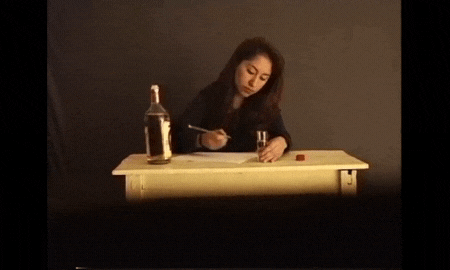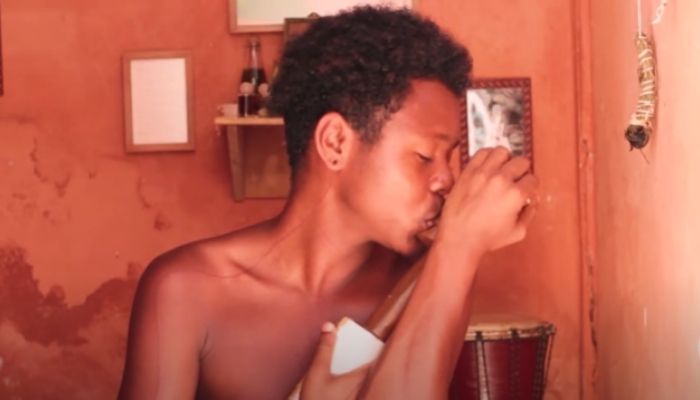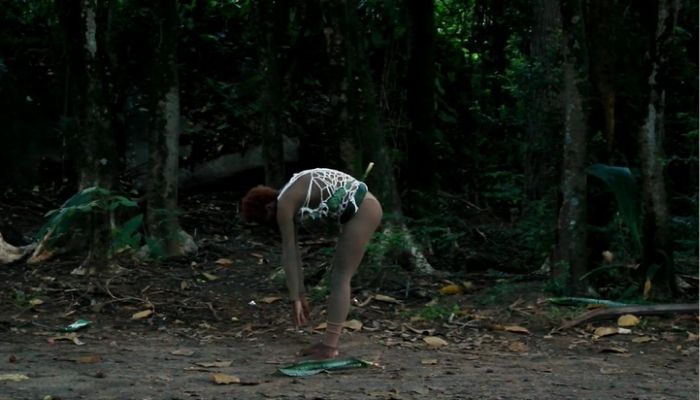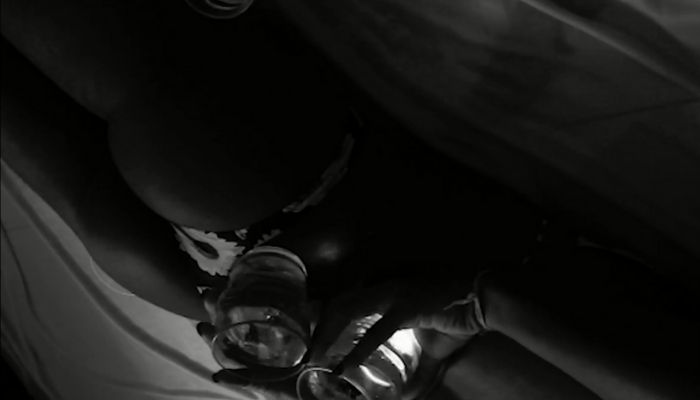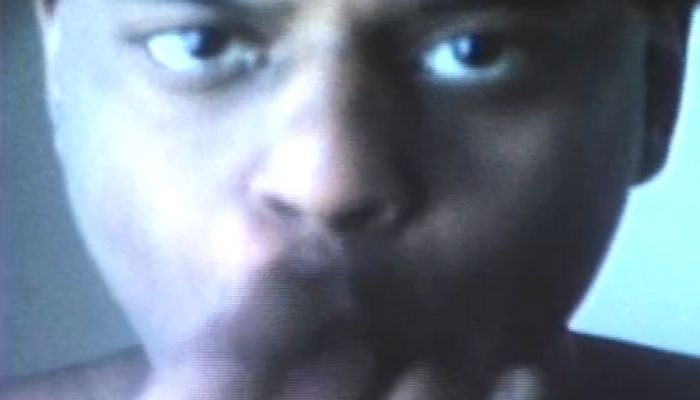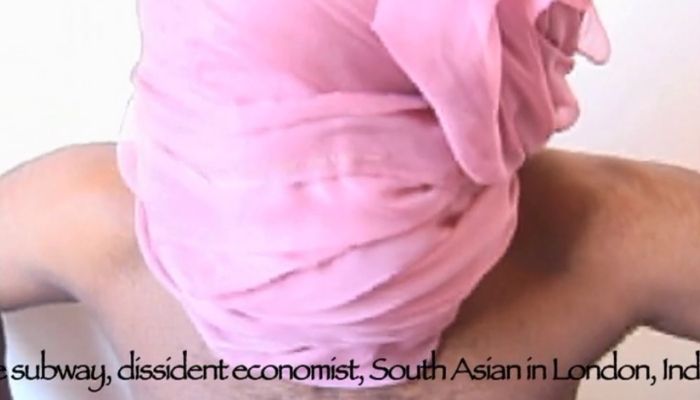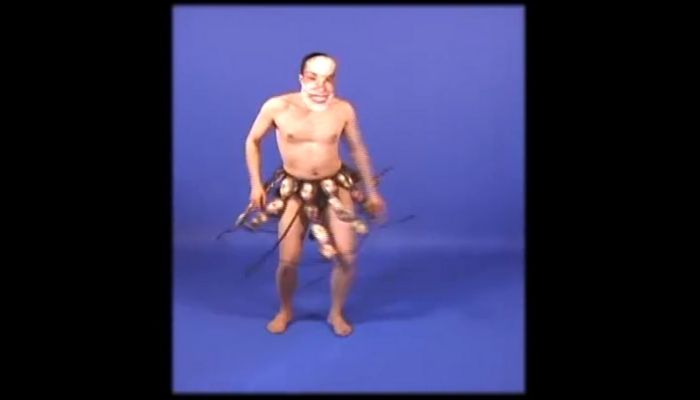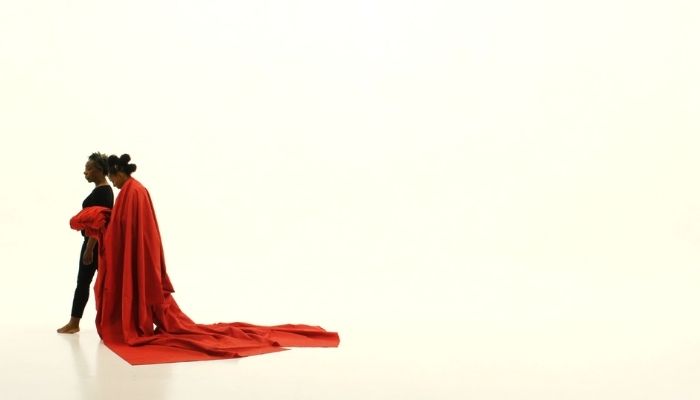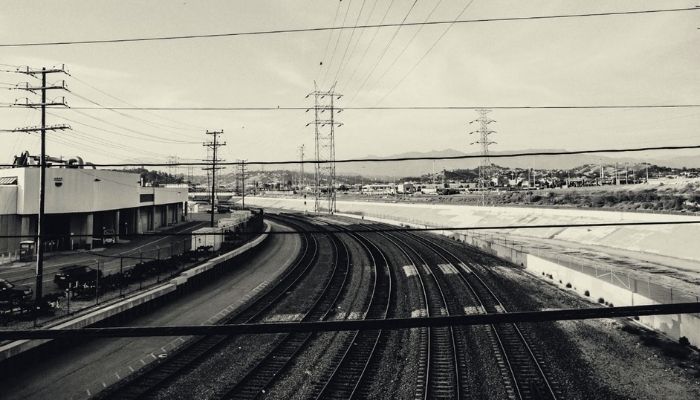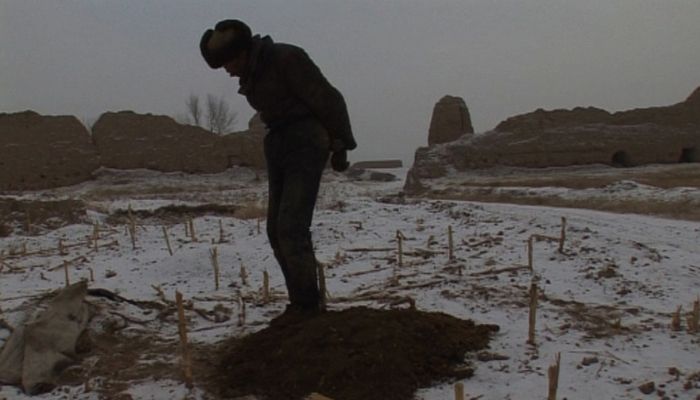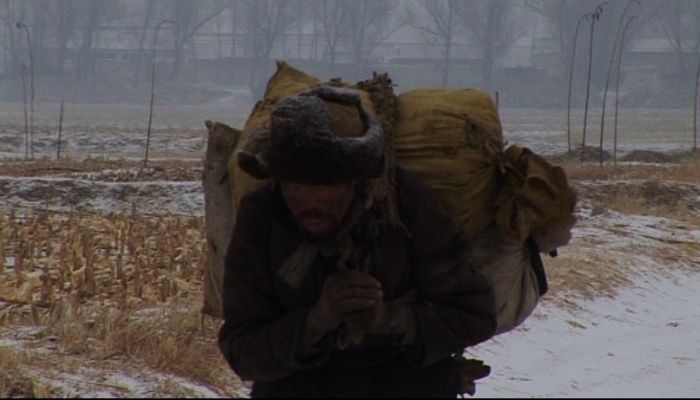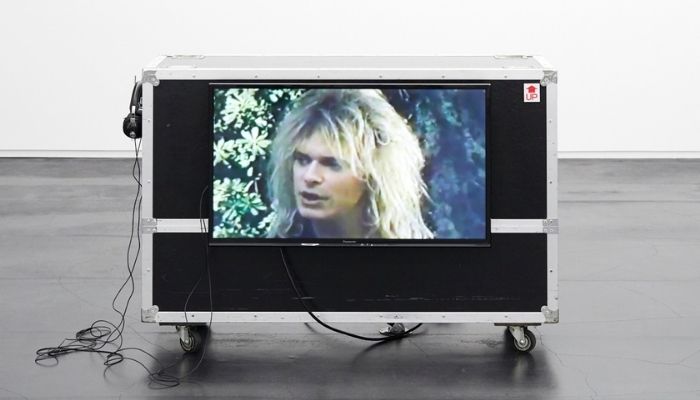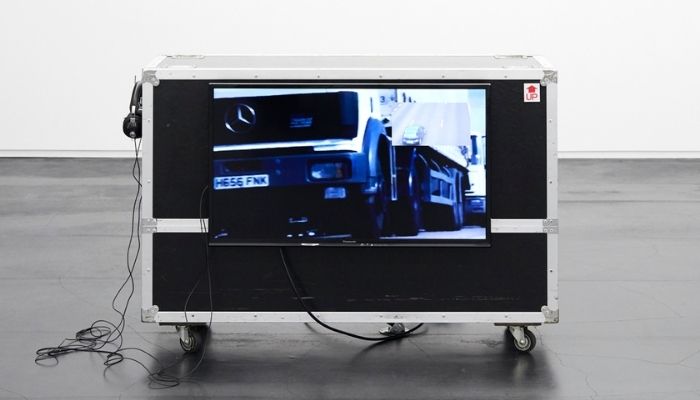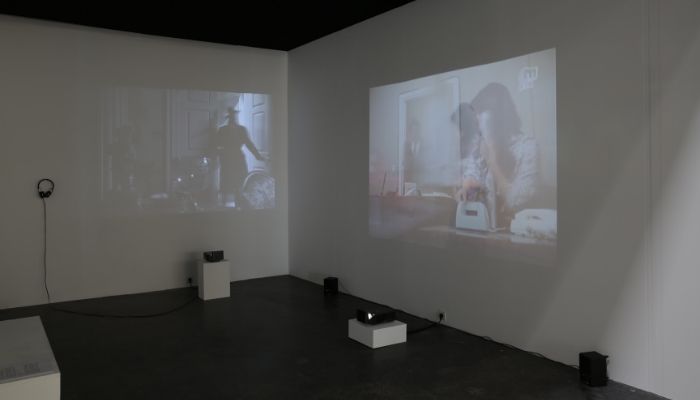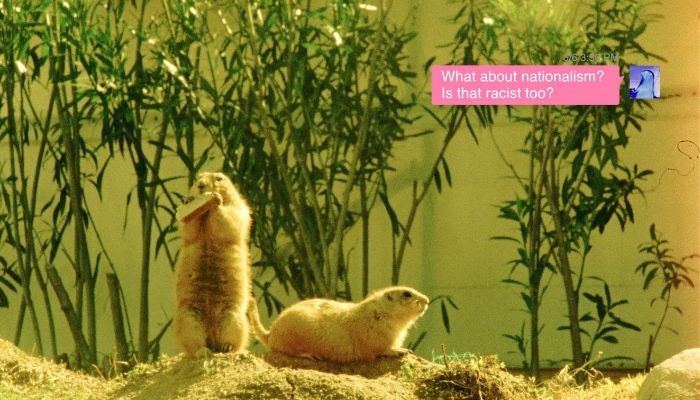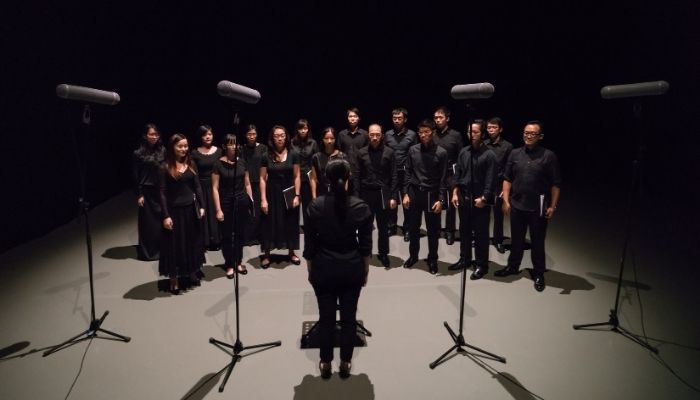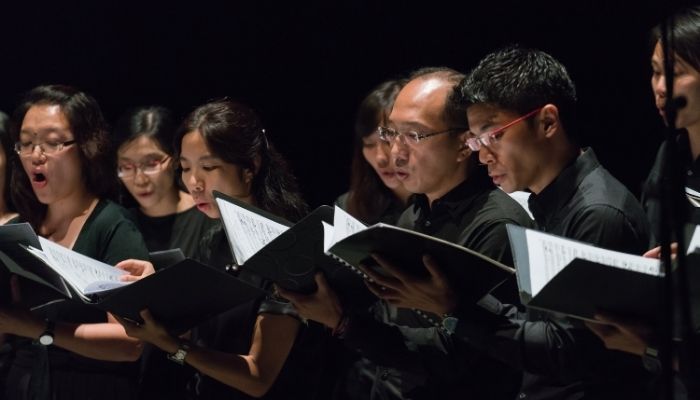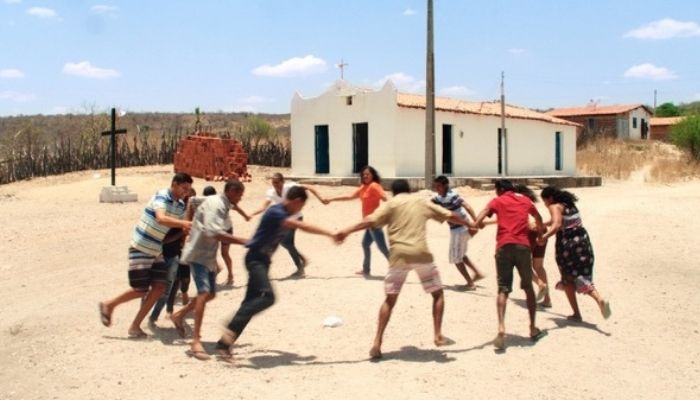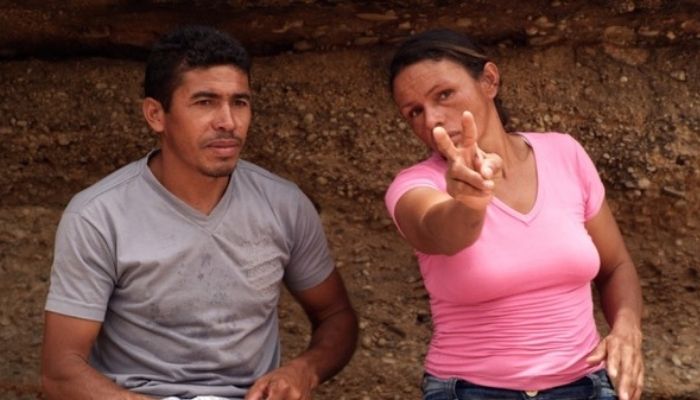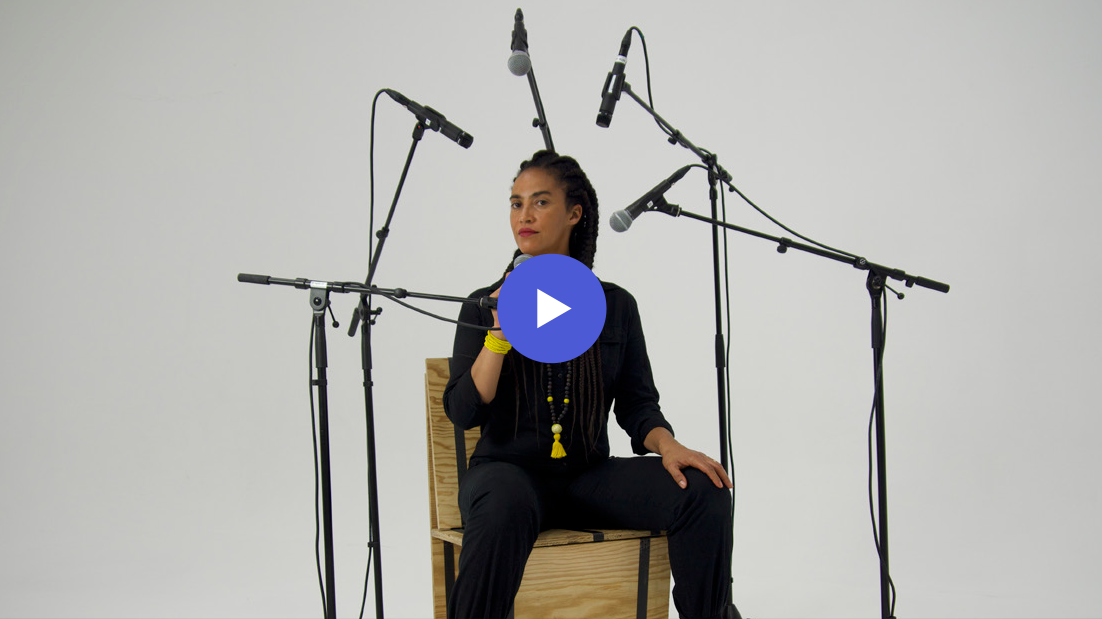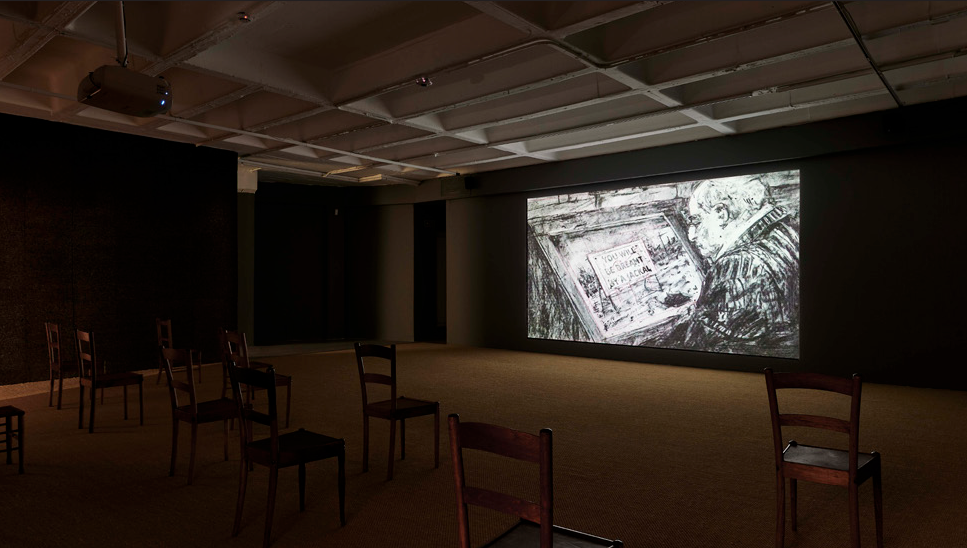FILM PROGRAMME
Curated by Rodrigo Moura (Chief Curator at El Museo del Barrio, New York City)
This first edition of the Film Programme formed part of the inaugural event SOUTH SOUTH VEZA which took place from 23 February – 7 March 2021. View the list of films, the recorded panel discussion below and the participating artists below.
As the artworld lives a digital peak, Moura notes, both artists and audiences alike respond to a new reality in presenting and experiencing moving images online.
All the arts have experienced a major shift since the Corona virus outbreak, almost one year ago. While more difficult for some than for others, audiovisual practices were already living a transformation driven by the relatively new streaming realities. These were accelerated during the confinement triggered by quarantine moments across the globe.
The Film Programme is conceived as a digital presentation for thought-provoking audiovisual works. This selection encompasses works both recent and from a not so distant past, ranging themes such as identity, spirituality, the environment, language, and history, with works reflecting the current sanitary crisis and others that resonate within this context.
What is left of the film projection room, one could ask? Well, there’s always the darkened space, a single source of light and hopefully a good source of sound too.
FILM PROGRAMME PANEL DISCUSSION
Curator Rodrigo Moura in conversation with artists Martha Atienza and Elia Alba. The talk is centered around notions of cultural representation and the global south, art in the era of social and environmental justice and the life of moving images online.
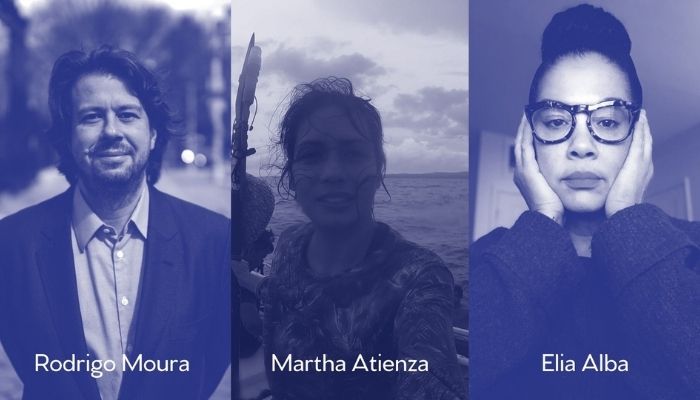
SHOUTING IS SINGING
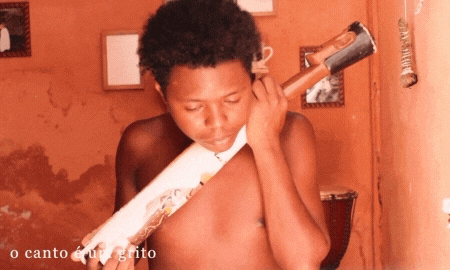
CASTIEL VITORINO BRASILEIRO
O grito é um canto, 2019
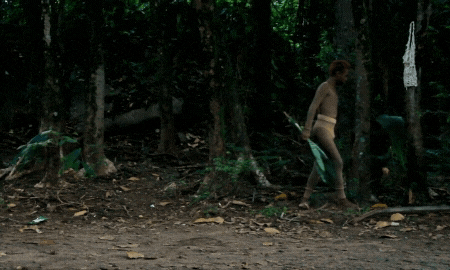
CASTIEL VITORINO BRASILEIRO
como se preparar para a guerra, 2018
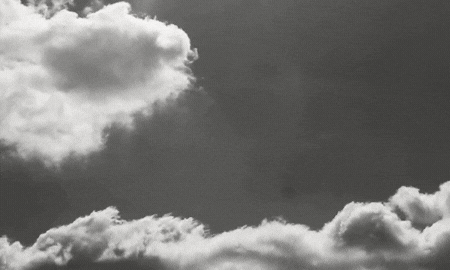
CASTIEL VITORINO BRASILEIRO
Uma noite sem lua, 2020
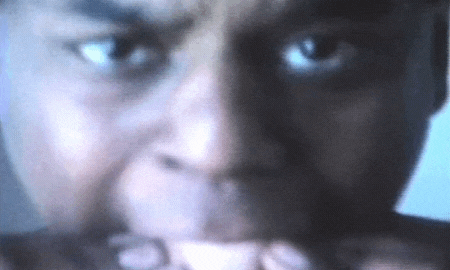
ELIA ALBA
Eat, 2003
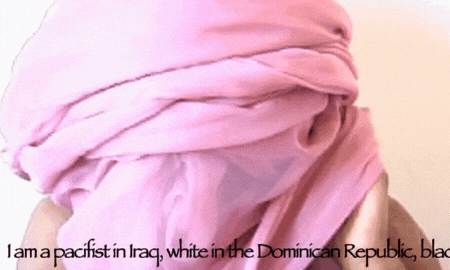
ELIA ALBA
Se Devela, Se Revela, 2007-2009
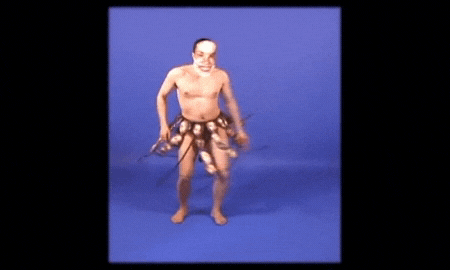
ELIA ALBA
La Jaba, 2003
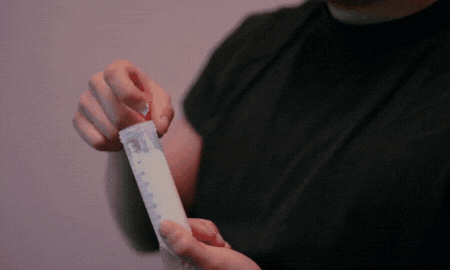
JES FAN
Mother is a Woman, 2018
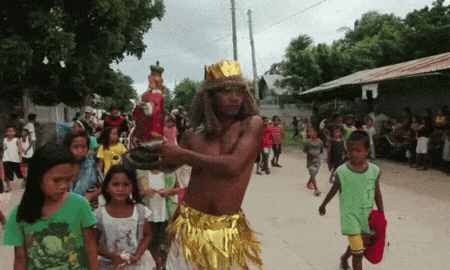
MARTHA ATIENZA
Anito 1, 2011-2015
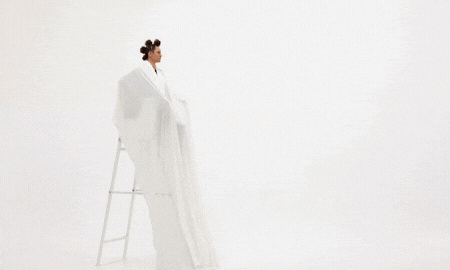
GRADA KILOMBA
Illusions Vol.III — Antigone, 2019
LAST LIGHT
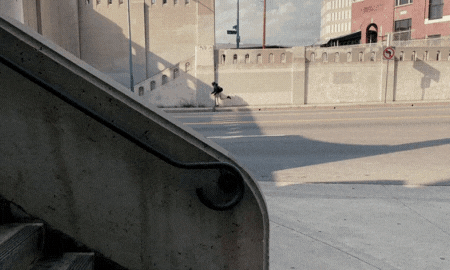
CARMEN ARGOTE
Last Light, 2020
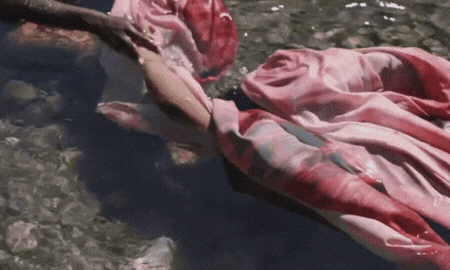
CAROLINA CAYCEDO
Thanks For Hosting Us, We Are Healing our Broken Bodies/Gracias por hospedarnos.Estamos sanando nuestros cuerpos rotos, 2019
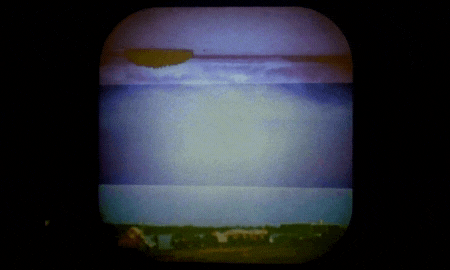
SKY HOPINKA
Lore, 2019
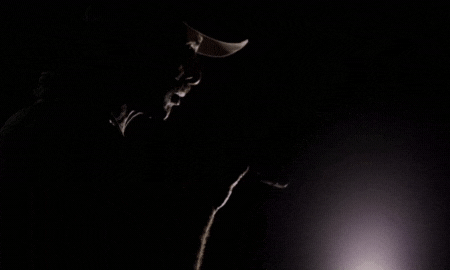
HAROON GUNN-SALIE & ALINE XAVIER
A noite (The night), 2016
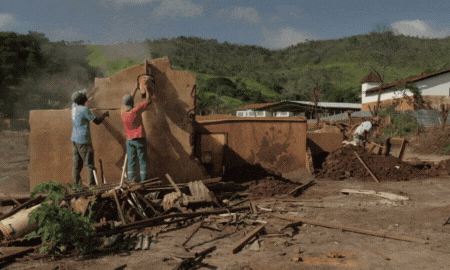
HAROON GUNN-SALIE & ALINE XAVIER
Casa Aparecida (Aparecida’s Home), 2016

HAROON GUNN-SALIE & ALINE XAVIER
Águas Turvas (Merky waters), 2017
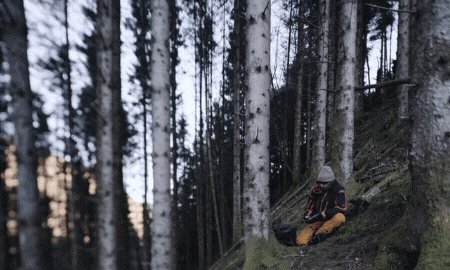
MARCELLVS L.
Nature’s being natural 181123, 2018
INTERMISSION
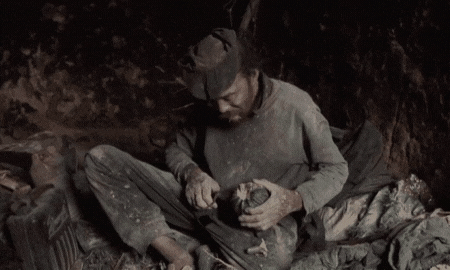
WANG BING
Man with No Name, 2009
FALLING TOGETHER IN TIME
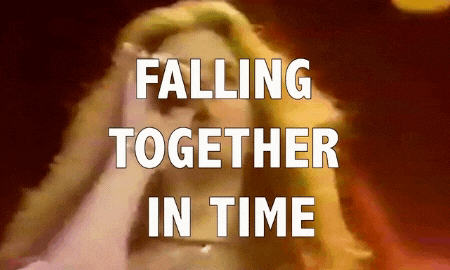
MARIO GARCIA TORRES
Falling Together In Time, 2019
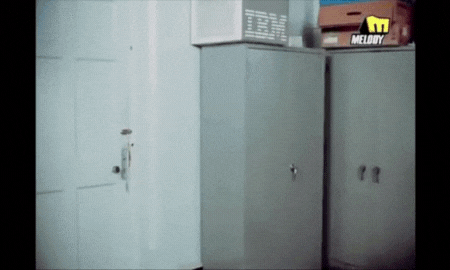
RANIA STEPHAN
Threshold (2018)
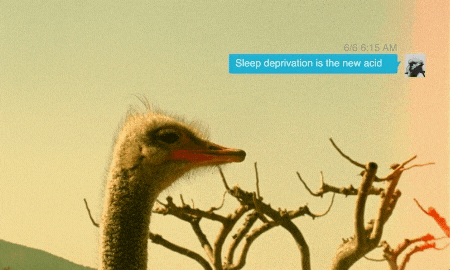
BASIM MADGY
New Acid, 2019
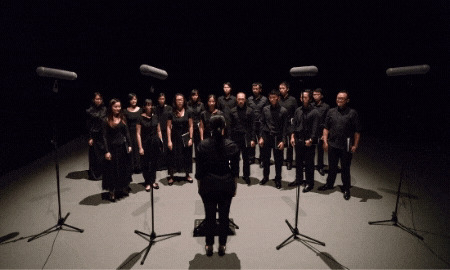
SAMSON YOUNG
Muted Situation #5: Muted Chorus, 2014
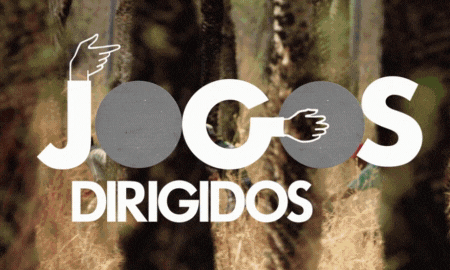
JONATHAS DE ANDRADE
Jogos dirigidos, 2019
CODA
PARTICIPATING ARTIST BIOS
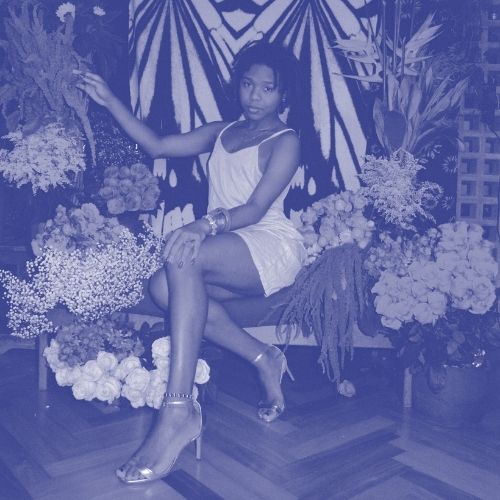
CASTIEL VITORINO BRASILEIRO
Castiel Vitorino Brasileiro (1996). Visual Artist, macumbeira and psychologist. Read More Currently a master’s student in the Clinical Psychology program at PUC-SP. She lives the macumbaria like a way body necessary for the escape and refresh/rest to happen. She dribbles, incorporates and dives in Bantu diáspora, and assumes life as a perishable place of freedom. Now, she is creating aesthetics about her Travesti spirituality and ancestrality. Born in Fonte Grande. Vitória/Espírito Santo – Brasil Read Less
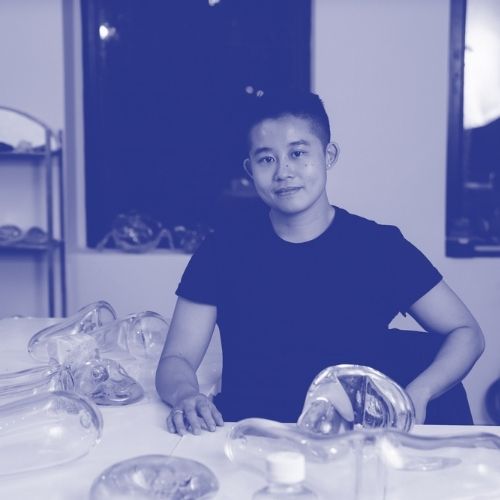
JES FAN
Jes Fan is a Brooklyn-based artist born in Canada and raised in Hong Kong, China. Read More Speculating on the intersection of biology and identity, his trans-disciplinary practice emerges from a sustained inquiry into the concept of otherness as it relates to the materiality of the gendered body. Working primarily in expanded sculpture, Fan often incorporates organic materials – such as soybeans and depo-testosterone into larger assemblages fashioned of welded steel, poured resin, and hand-blown glass. Previous projects such as Hard Body / Soft System (2017) and Testo-Soap (2016) have focused on the bio-politics of transgender identity and the slippery nature of embodiment in an era where HRT (hormone replacement therapy) and less extreme body-modification tactics such as bodybuilding are easily accessible, allowing the subject to mold their external body to match their internal state. Fan’s recent research has explored the complex and porous systems formed between biological agents (including those existing in our own body) and the surrounding environment, seeking to queer the traditional hierarchy between organic and inorganic matter. In 2020, Fan participated in the Sydney Biennale, and his commission is forthcoming in the 2021 Liverpool Biennale. Read Less
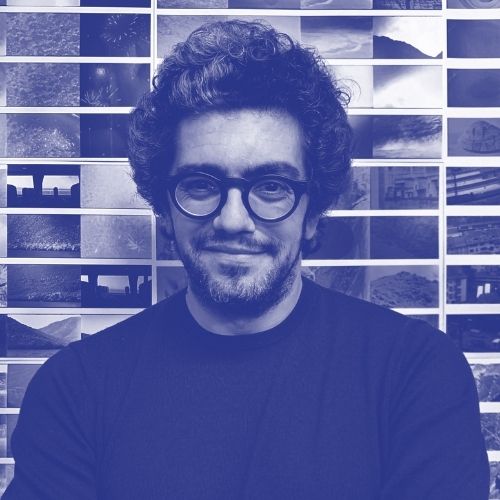
BASIM MADGY
Basim Magdy (born: 1977, Assiut, Egypt) lives and works between Basel and Cairo. Read More His work was featured in recent solo exhibitions at M HKA Museum of contemporary Art, Antwerp, Belgium; MAAT Museum of Art, Architecture and Technology, Lisbon; La Kunsthalle Mulhouse, France; Museum of Contemporary Art, Chicago; MAXXI National Museum of the 21st Century Arts, Rome; Jeu de Paume, Paris; CAPC Museum of Contemporary Art, Bordeaux; Deutsche Bank KunstHalle, Berlin; Arnolfini, Bristol; South London Gallery, London; Mathaf, Doha; Art in General, New York; State of Concept, Athens; and University Galleries of Illinois State University, Normal, IL, USA. His work was included in group exhibitions at Museum of Modern Art, New York; Centre Pompidou, Paris; Castello di Rivoli, Torino; New Museum of Contemporary Art, New York; Whitechapel Gallery, London; KW Institute for Contemporary Art, Berlin; Museum of Contemporary Photography, Chicago; Museum of Modern Art, Warsaw; The High Line, New York; and Yerba Buena Center for the Arts, San Francisco. Magdy’s work was included in The New museum Triennial, New York; La Biennale de Montreal, Montreal; Seoul Mediacity Biennial; 13th Istanbul Biennial; Sharjah Biennials11 and 13; La Triennale: Intense Proximity, Palais de Tokyo, Paris. His films were screened at Tate Modern, Locarno Film Festival, New York Film Festival, International Film Festival Rotterdam among others. Magdy was shortlisted for the Future Generation Art Prize, Kiev (2012) and was awarded the Abraaj Art Prize, Dubai (2014); New:Vision Award, CPH:DOX Film Festival, Copenhagen (2014); and the Experimental Award, Curtas Vila do Conde–International Film Festival, Portugal (2015). He was selected as Deutsche Bank’s Artist of the Year (2016). Read Less
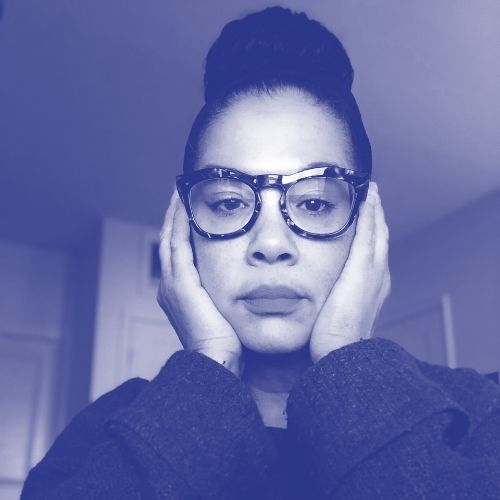
ELIA ALBA
Elia Alba, born in Brooklyn 1962, is a multidisciplinary artist, who works in photography, video and sculpture. Read More She received her Bachelor of Arts from Hunter College in 1994 and completed the Whitney Museum Independent Study Program in 2001. She has exhibited throughout the United States and abroad. Those include the Studio Museum in Harlem, Stedelijk Museum, Amsterdam; Science Museum, London; Smithsonian Museum of Art, El Museo del Barrio, ITAU Cultural Institute, São Paulo; National Museum of Art, Reina Sofía, Madrid and the 10th Havana Biennial. She is a recipient of numerous awards and residencies including the Studio Museum in Harlem Artist-in Residence Program in 1999 and Anonymous Was A Woman Award, 2019. Collections include the Smithsonian Museum of Art, El Museo del Barrio, Lowe Art Museum. Her work has been reviewed by the New York Times, Flash Art, Art Forum, ArtNews to name a few. Her book, Elia Alba, The Supper Club (Hirmer 2019), critically acclaimed by The New York Times, brings together artists, scholars and performers of diasporic cultures, through photography, food and dialogue to examine race and culture in the United States. She lives and works in the Bronx and is currently guest curator for El Museo del Barrio’s upcoming exhibition, Estamos Bien: La Trienal 20/21. Read Less
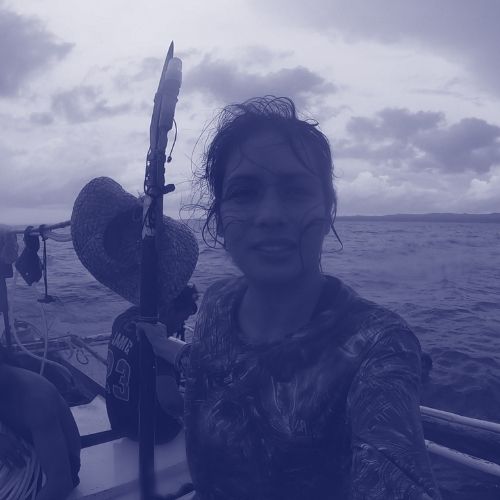
MARTHA ATIENZA
Born to a Dutch mother and Filipino father, Martha Atienza (b. 1981, Manila, Philippines; lives and works in Bantayan Island, Philippines) has moved between the Netherlands and the Philippines throughout her life. . Read More Constantly oscillating between these two cultures has had a profound influence on Atienza’s focus as an artist. Atienza’s practice explores installation and video as a way of documenting and questioning issues around environment, community and development. Her work is mostly constructed in video, of an almost sociological nature, that studies her direct environment. Often utilizing technology in the form of mechanical systems, Atienza explores the immersive capacity of installation in generating critical discourse. Her work tends to be collaborative in nature, working with people from different backgrounds and expertise as well as residents of Bantayan Island, where her family is from, whose narratives are intricately woven into issues such as environmental change, displacement, cultural loss, governance and socio- economic disparities. Read Less
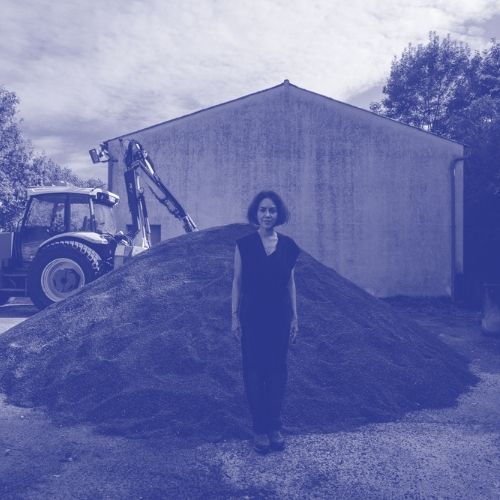
CARMEN ARGOTE
Carmen Argote (b. 1981, Guadalajara, Mexico) traces, layers, and transforms diverse materials sourced from her surroundings. Read More At the heart of her interdisciplinary practice is a continuous conversation between her own physical form and the location in which she is working—often responding to the various cultural, economic, personal, and historical narratives within a particular site. Informed by this dialogue, many of her works bare vestiges of her body’s interactions with its environment. Working with materials seeped in symbolic significance—such as coffee, pine needles, avocado, and cochineal dye—Argote’s work sheds light on the constantly shifting surface of urban landscapes and her own experience as a Mexican immigrant in the United States. Argote received her BA and MFA from the University of California, Los Angeles, in 2004 and 2007, respectively. Recent solo exhibitions have been held at the Visual Arts Center, University of North Texas, Austin (2020); New Museum, New York (2019); PAOS, Guadalajara, Mexico (2019); Ballon Rouge Collective, Istanbul Turkey (2019), and New York (2018). Her work as been included in group exhibitions at SculptureCenter, New York (2019); the Hammer Museum, Los Angeles (2018); Ballroom Marfa, Texas (2017); Los Angeles County Museum of Art (2017); National Museum of Mexican Art, Chicago (2015); and MAK Center, Los Angeles (2015). She is a recipient of the Artadia Award, Los Angeles (2019); The Nancy Graves Foundation Artist Grant (2018); the Rema Hort Mann Foundation YoYoYo Grant (2015); and the California Community Foundation Emerging Artist Grant (2013). Read Less
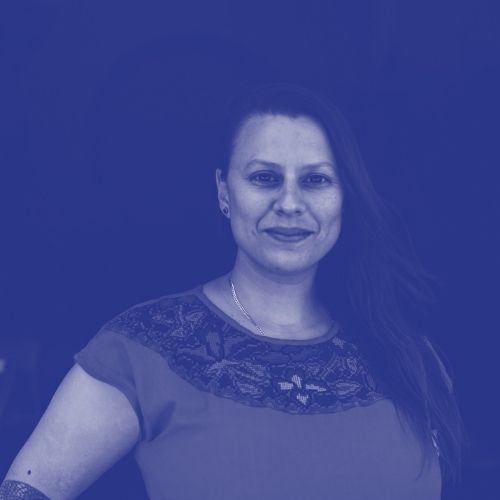
CAROLINA CAYCEDO
Carolina Caycedo (b. 1978, London, UK, to Colombian parents; lives and works in Los Angeles) received an MFA from the University of Southern California in 2014 and a BFA from Los Andes University in Bogotá (1999). Read More Caycedo has developed publicly engaged projects in Bogotá, Quezon City, Toronto, Madrid, São Paulo, Lisbon, San Juan, New York, San Francisco, Paris, México DF, Tijuana, and London. Her work has been exhibited worldwide, with solo shows at Museum of Contemporary Art Chicago (2021); Institute of Contemporary Art, Boston (2020); Orange County Museum of Art, Santa Ana, CA (2019); Muzeum Sztuki, Łódź, Poland (2019); UNECE, Astana, Kazakhstan (2018); NUMU, Guatemala (2017); Clockshop, Los Angeles (2015); Instituto de Visión, Bogotá, Colombia (2014); DAAD Gallery, Berlin, Germany (2013); and Galerie du Jour – agnès b., Paris, France (2013). She has participated in group exhibitions at Chicago Architecture Biennial (2019); Museo de Arte São Paulo, Brazil (2019); Hammer Museum, Los Angeles (2018); Whitney Museum of American Art, New York (2018); Seoul Museum of Art, Seoul, Korea (2017); Los Angeles County Museum of Art (2017); Les Recontres, Arles, France (2017); Human Resources, Los Angeles (2016); and KW Institute for Contemporary Art, Berlin, Germany (2014). Selected grants and residencies include Main Museum Artist-in-Residence (2017); California Community Foundation Fellowship for Visual Artists (2017); FAAP Artistic Residency, São Paulo Biennial (2016); Creative Capital Award (2015); and Art Matters Foundation Grant (2014). Caycedo’s work is in the collections of Duke University Library, Durham, NC; Hammer Museum, Los Angeles; Hood Museum, Dartmouth College, NH; KADIST, San Francisco; Los Angeles County Museum of Art, CA; Muzeum Sztuki, Łódź, Poland; Museum of Contemporary Art of Castilla and Leon, Spain; Museo de Arte del Banco de la República, Bogotá, Colombia; Seoul Museum of Art, South Korea; Solomon R. Guggenheim Museum, New York; The Huntington Library, Art Museum, and Botanical Gardens, San Marino, CA; Video Library, University of Colorado at Boulder; Vincent Price Art Museum, Monterey Park, CA; and Whitney Museum of American Art, New York. Read Less
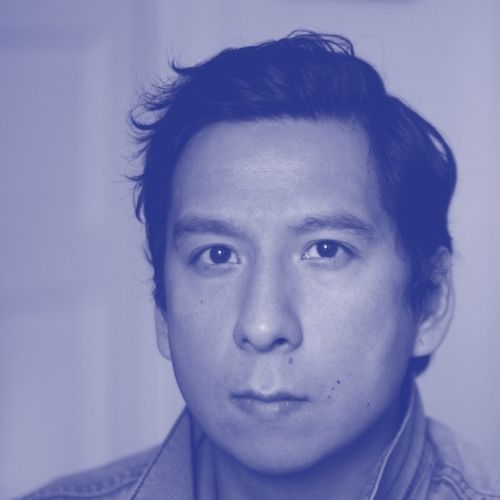
SKY HOPINKA
Sky Hopinka (Ho-Chunk Nation/Pechanga Band of Luiseño Indians) was born and raised in Ferndale, Washington and spent a number of years in Palm Springs and Riverside, CA, Portland, OR, and Milwaukee, WI. Read More In Portland he studied and taught chinuk wawa, a language indigenous to the Lower Columbia River Basin. His video, photo, and text work centers around personal positions of Indigenous homeland and landscape, designs of language as containers of culture expressed through personal, documentary, and non-fictional forms of media. He received his BA from Portland State University in Liberal Arts and his MFA in Film, Video, Animation, and New Genres from the University of Wisconsin-Milwaukee, and teaches at Bard College. His work has played at various festivals including ImagineNATIVE Media + Arts Festival, Images, Wavelengths, Ann Arbor Film Festival, Sundance, and Projections. His work was a part of the 2016 Wisconsin Triennial and the 2017 Whitney Biennial and the 2018 FRONT Triennial. He was a guest curator at the 2019 Whitney Biennial and was a part of Cosmopolis #2 at the Centre Pompidou. He was awarded jury prizes at the Onion City Film Festival, the More with Less Award at the 2016 Images Festival, the Tom Berman Award for Most Promising Filmmaker at the 54th Ann Arbor Film Festival, the New Cinema Award at the Berwick Film and Media Arts Festival and the Mary L. Nohl Fund Fellowship for Individual Artists in the Emerging artist category for 2018. He was a fellow at the Radcliffe Institute for Advanced Study at Harvard University in 2018-2019 and Sundance Art of Nonfiction Fellow for 2019, and is a 2020 Guggenheim Fellow. Read Less
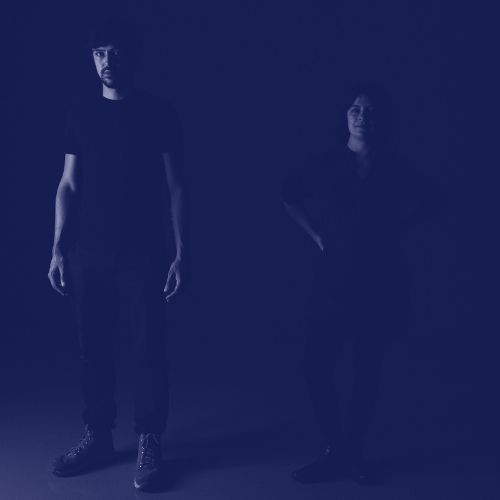
HAROON GUNN-SALIE & ALINE XAVIER
Haroon Gunn-Salie (Cape Town, South Africa, 1989) is an artist and activist who believes that art has real potential to effect changes in society. Aline Xavier (Belo Horizonte, Brazil, 1984) is an artist focused on video, photography and installation. Read More Gunn Salie’s multidisciplinary practice draws focus to forms of collaboration based on socially engaged dialogue and exchange. Gunn-Salie’s work has been included in significant exhibitions: New Museum Triennial (2018); Frieze Sculpture, Regents Park (2018); South African Pavilion at La Biennale di Venezia (2015); and 19º Festival de Arte Contemporânea Sesc Videobrasil (2015) and solo exhibitions include Zeitz MOCAA (2021); Mendes Wood DM, Galpão Videobrasil, Museu de Congonhas (2016); and at Goodman Gallery (2015). Gunn-Salie completed a BA Hons in sculpture at the University of Cape Town’s Michaelis School of Fine Art in 2012 and has been awarded the SP-Arte/Videobrasil prize (2016), the FNB Art Prize (2018). Xavier, with a background in experimental documentary filmmaking, is interested in alterity – the encounter with the other, and how different cultural constructs can contribute to shape new imaginaries. Her conceptual and social investigations are provoked by a critique on contemporary society and the urge to reinvent our relation to the world. She has participated in exhibitions at CCSP – Centro Cultural São Paulo (2019), MAR – Museu de Arte do Rio (2018), Museu de Arte da Pampulha (2017), Inhotim (2015), Cine Humberto Mauro – Palácio das Artes (2015), Mostra de Cinema de Tiradentes (2014), Itaú Cultural (2007) and others. Her prizes include the 19th Videobrasil Art prize (2015), Prêmio Foco Bradesco ArtRio (2018) and the Akademie Solitude Fellowship (2021). She studied Contemporary Art Criticism and Curating at the Pontifical Catholic University of Minas Gerais and Inhotim Art Center (2010) and holds a BA in Social Communications from the Federal University of Minas Gerais (2006). Read Less
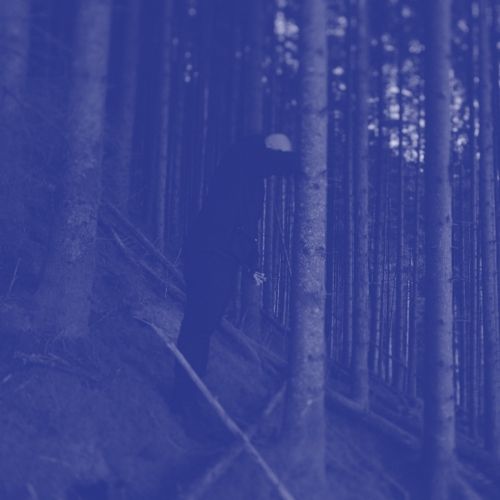
MARCELLVS L.
Marcellvs L. works in both video and sound and exhibits internationally since the mid 00′. Read More Among recent solo exhibitions are Ontologia Lenta at Galeria Luisa Strina (2018), Slow Ontology at carlier | gebauer (2015), Indiferença at Galeria Luisa Strina (2013), COMMA34 at Bloomberg Space (2011), VideoRhizome at Kunsthalle Wien in Vienna and Infinitesimal at carlier | gebauer Berlin in 2010. Further solo shows were at PhotoEspana in Madrid in 2008, at Museu de Arte da Pampulha in Belo Horizonte (2007) and at Galeria Luisa Strina, São Paulo (2007). He participated in numerous group exhibitions and Biennials such as 16th Biennale of Sydney (2008), 9th Biennale of Lyon (2007) and 27th Biennale of São Paulo (2006). He exhibited at MAC – Musée d’art contemporain de Lyon (2014), Helsinki Art Museum (2013), Astrup Fearnley Museet em Oslo (2013), Living Art Museum em Reykjavik (2011), Singapore Art Museum (2009), Museo Nacional Centro de Arte Reina Sofia (2008), ZKM Museum of Contemporary Art in Karlsruhe (2008) and Museum of Modern Art in Sao Paulo (2007). Including some of the prices he has received are the Ars Viva Price 07/08 and the main prize of 51st International Short Film Festival Oberhausen in 2005. Read Less
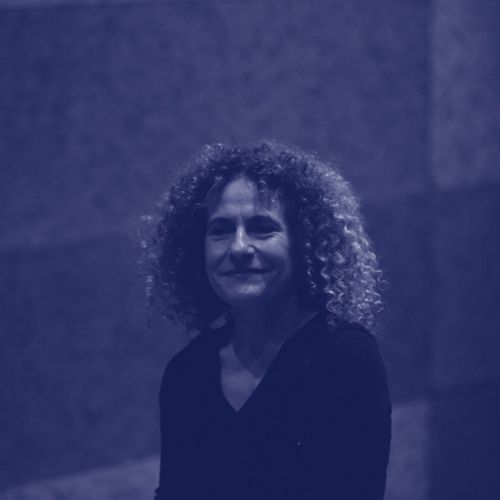
RANIA STEPHAN
Artist and filmmaker, born in Beirut, Lebanon, Rania Stephan graduated in Cinema Studies from Latrobe University, Australia and Paris VIII University, France. Read More She lives and works in Beirut. She has directed videos and creative documentaries notable for their play with genres, and the long-running investigation of memory, identity, archeology of image and the figure of the detective. Anchored in the turbulent reality of her country, her documentaries give a personal perspective to political events. She gives raw images a poetic edge, filming chance encounters with compassion and humour. The work on archival material has also been an underlying enquiry in her art work. Approaching still and moving images like an editor – part detective, part cinephile, she traces the absence and remembrance that are originary to those images. She has had solo exhibitions as well as group exhibitions and participated in residency programs. Her feature film: The Three Disappearances of Soad Hosni (2011) was internationally acclaimed and won numerous prizes. Her art work is represented by Marfa’ Gallery Beirut, Lebanon. Read Less
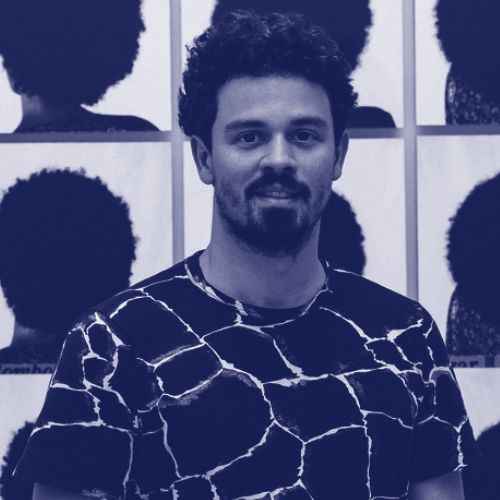
JONATHAS DE ANDRADE
Jonathas De Andrade was born in Maceió in 1982, and lives in the north-east of Brazil in Recife, a coastal city rich in contrasts, where old colonial buildings nestle amidst modern skyscrapers and where the failure of the tropical modernist utopia is a tangible reality. Read More Anthropology, pedagogy, politics and morals are the lines of inquiry pursued by the artist to recount the paradoxes of modernist culture. De Andrade gathers together and catalogues images, texts, life stories and material on architecture, and, through memory, pieces together a personal narrative of the past. “I dive into this field of recollections”, says the artist. “This is a past I have no intimacy with, seen as if it were a territory, a place for re-enacting a kind of amnesia, an often-violent brush between today and yesterday. Not being touched by this is what allows me to rework the nature of these imagines. Art helps me to approach and respond to what provokes me. It also helps me to experience more wholeness along the way. Read Less
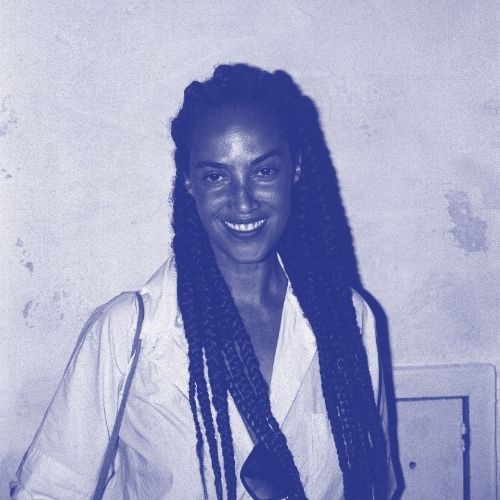
GRADA KILOMBA
Grada Kilomba (b. 1968, Lisbon, Portugal) is an interdisciplinary artist, whose work interrogates concepts of knowledge, power and violence. Read More “What stories are told? How are they told? And told by whom?” are constant questions in Kilomba’s body of work, to revise post-colonial narratives. With a singular beauty, Kilomba subversively translates text into image, movement and installation, by giving body, voice and form to her own critical writings. Performance, staged reading, video, photography, publications and installation are a platform for her unique practice of storytelling, which intentionally disrupts the proverbial ‘white cube’ through a new and urgent decolonial language and imagery. Her work has been presented in major international events such as: LaBiennale de Lubumbashi VI; 10. Berlin Biennale; Documenta 14, Kassel; 32. Bienal de São Paulo. Selected solo and group exhibitions include the Pinacoteca de São Paulo; Bildmuseet, Umeå; Kadist Art Foundation, Paris; The Power Plant, Toronto; Maxim Gorki Theatre, Berlin; MAAT-Museum of Art, Architecture and Technology, Lisbon; Secession Museum, Vienna; Bozar Museum, Brussels; PAC-Pavillion Art Contemporanea, Milan. Kilomba holds a distinguished Doctorate in Philosophy from the Freie Universität Berlin. She has lectured at several international universities, and was a Professor at the Humboldt Universität Berlin, Department of Gender Studies. Among others, she is the author of the acclaimed “Plantation Memories” (Unrast, 2008) a compilation of episodes of everyday racism written in the form of short psychoanalytical stories. Her book has been translated into several languages, and was listed as the most important non-fiction literaturein Brazil, 2019. Kilomba’s work features in public and private collections worldwide, including the Calouste Gulbenkian Museum and MAAT—Museum of Art, Artchitecture and Technology. Read Less
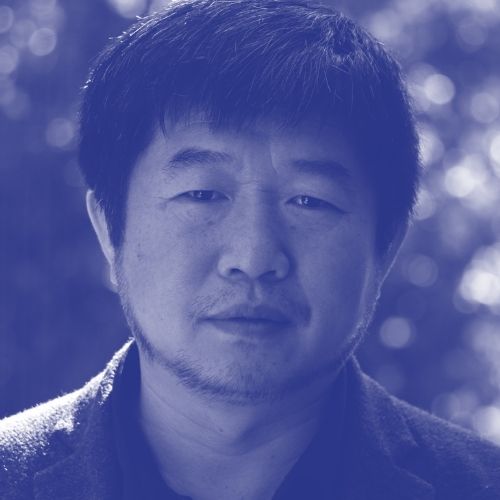
WANG BING
Wang debuted as an independent film director and artist in 1998, and produced his first film, West of the Tracks, in 2002. Read More Wang Bing was 14 when he lost his father, who was a migrant worker at construction sites, and began to work for the same construction company that had employed his father. He continuing working until he was 24, when he left to study photography at Lu Xun Academy of Fine Arts in Shenyang. Eventually deciding to concentrate on filmmaking, he graduated from Beijing Film Academy in 1996. Wang debuted as an independent film director and artist in 1998, and produced his first film, West of the Tracks, in 2002. The film received international critical acclaim, winning awards at film festivals in Yamagata, Lisbon, and Marseille, as well as the grand prize at Festival des 3 Continents, Nantes. Wang would go on to produce Fengming: A Chinese Memoir, 2007; Crude Oil, 2008; Man with No Name, 2009; and The Ditch, 2010, which was his first film centering on the Anti-Rightist Campaign. He has continued to produce award winning films, such as Three Sisters, 2012; ’Til Madness Do Us Part, 2013, which captures the lives of patients at a mental hospital in Yunnan Province; and Bitter Money, 2016, in which he follows the lives of migrant workers in Zhejiang Province. In 2017, Mrs. Fang, 2017, won the prestigious Golden Leopard at the Locarno International Film Festival. That same year, Wang was also the recipient of the EYE Art & Film Prize in Amsterdam, in recognition of his entire filmography. In 2018, Dead Souls premiered at the 71st Cannes Film Festival, and received the Robert and Frances Flaherty Prize from Yamagata International Documentary Film Festival, Japan. Wang’s work has been the subject of numerous retrospectives, notably at the Centre Pompidou in 2014 and at the Museo Reina Sofía and Filmoteca Española, Madrid, in 2018. He has also participated in major international exhibitions such as documenta 14 (2017), where 15 Hours premiered at both the National Museum of Contemporary Art, Athens (EMST) and Gloria-Kino, Kassel, as well as China Africa, held in 2020 at Centre Pompidou, where he premiered a new film, Beauty Lives in Freedom, 2020. He held a solo exhibition at Kunsthalle Zürich in 2018–19. Wang Bing was a visiting artist-professor at Fresnoy – contemporary arts national studio (France), for the academic year 2018–19. Read Less
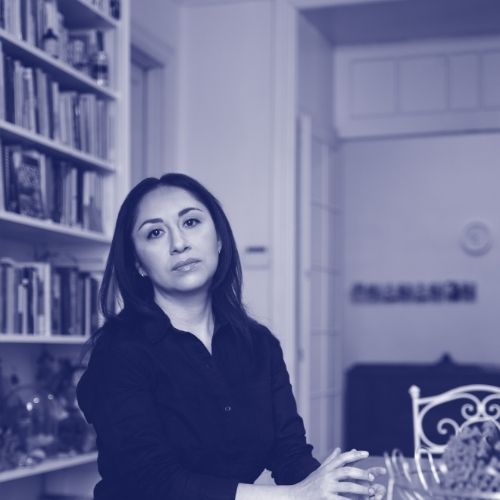
MINERVA CUEVAS
Minerva Cuevas was born in Mexico City in 1975. She’s a conceptual and socially-engaged artist who creates sculptural installations and paintings in response to politically-charged events, such as the tension between world starvation and capitalistic excess. Read More Cuevas documents community protests in a cartography of resistance while also creating mini-sabotages—altering grocery store bar codes and manufacturing student identity cards—as part of her non-profit Mejor Vida Corp / Better Life Corporation. Several of the artist’s works take the form of re-branding campaigns—exhibited as murals and product designs—that question the role corporations play in food production, the management of natural resources, fair labor practices, and evolving forms of neo-colonialism. Cuevas finds provocative ways to intervene in public space, whether through the deployment of billboards and posters, or by hacking public utilities to provide discounted or free services. Cuevas addresses the negative impact that humans have on animals and the environment through sculptures coated in tar and tender paintings of animal rights activists, imagining a society that values all living beings. Minerva Cuevas attended the Escuela Nacional de Artes Plásticas UNAM (1997). Cuevas’s awards and residencies include the Edith-Ruß-Haus für Medienkunst Stipend in Oldenberg (2004) DAAD Scholarship (2003), and The Banff Centre for the Arts (1998). Cuevas has had major exhibitions at Fundación Jumex Arte Contemporaneo (2013); Kunsthaus Bregenz (2013); Museo de la Ciudad de México (2012); Musée d’art Moderne de la Ville de Paris (2012); Liverpool Biennial (2010); Berlin Biennale (2010); Whitechapel Gallery (2010); KW Institute for Contemporary Art (2010); Centre Pompidou (2010); SFMoMA (2008); Van Abbemuseum (2008); Biennale de Lyon (2007); Kunsthalle Basel (2007); Bienal de São Paulo (2006); and the Istanbul Biennial (2003), among others. Minerva Cuevas lives and works in Mexico City, Mexico. Read Less
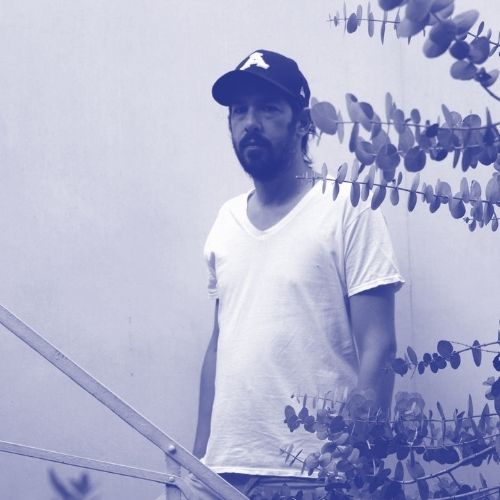
MARIO GARCÍA TORRES
Mario García Torres (Monclova, 1975) is an artist currently living in Mexico City. Read More He received his MFA from the California Institute of the Arts (2005). In his work García Torres explores the potential of a diverse range of media including photography, film, performance in order for it to serve as a tool in his own re-examination of concerns related to history and conceptual art practice in which there is always a time or location displacement. In so doing, he derives an new idea from history and reality. His recent solo exhibitions include Museo Jumex, Mexico City (2020), Mexico, The Walker Art Center, Minneapolis (2018) co-organized with WIELS, Contemporary Art Centre, Brussels (2019); the Modern Art Museum of Fort Worth (2015); the Pérez Art Museum Miami (2014); Project Arts Centre, Dublin (2013); the Museo Nacional Centro de Arte Reina Sofía, Madrid (2010); and the Stedelijk Museum Amsterdam (2007). He has also, participated in numerous international exhibitions including Manifesta 11 (2016); the 8th Berlin Biennale (2014); dOCUMENTA(13), Kassel (2012); São Paulo Biennial (2010); Taipei Biennial (2010); Yokohama Triennale (2008); and Venice Biennale (2007). Read Less
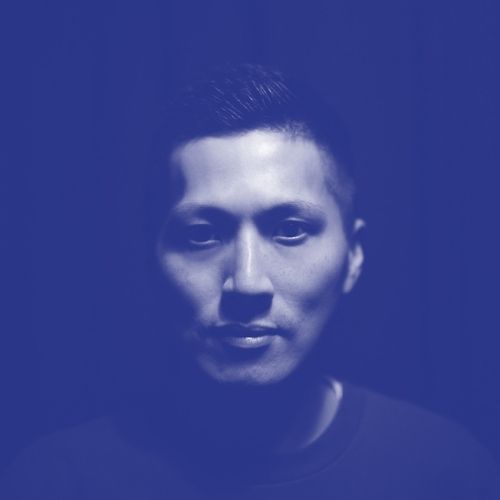
SAMSON YOUNG
Multi-disciplinary artist Samson Young (born 1979, Hong Kong) works in sound, performance, video, and installation. Read More He graduated with a Ph.D. in Music Composition from Princeton University in 2013. In 2017, he represented Hong Kong at the 57th Venice Biennale. Other solo projects include the De Appel, Amsterdam; Kunsthalle Düsseldorf; Talbot Rice Gallery, Edinburgh; SMART Museum, Chicago; Centre for Contemporary Chinese Art in Manchester; M+ Pavilion, Hong Kong; Mori Art Museum, Tokyo; Ryosoku-in at Kenninji Temple, Kyoto; and Monash University Museum of Art, Melbourne, among others. Selected group exhibitions include Solomon R. Guggenheim Museum, New York; Gropius Bau, Berlin; Performa 19, New York; Biennale of Sydney; Shanghai Biennale; National Museum of Art, Osaka; National Museum of Modern and Contemporary Art, Seoul; Ars Electronica, Linz; and documenta 14: documenta radio, among others. In 2020, he was awarded the inaugural Uli Sigg Prize. His works are in the collections of Solomon R. Guggenheim Museum, New York; M+ Museum, Hong Kong; Mori Art Museum, Japan; the Israel Museum, Jerusalem; and Kadist. Read Less


